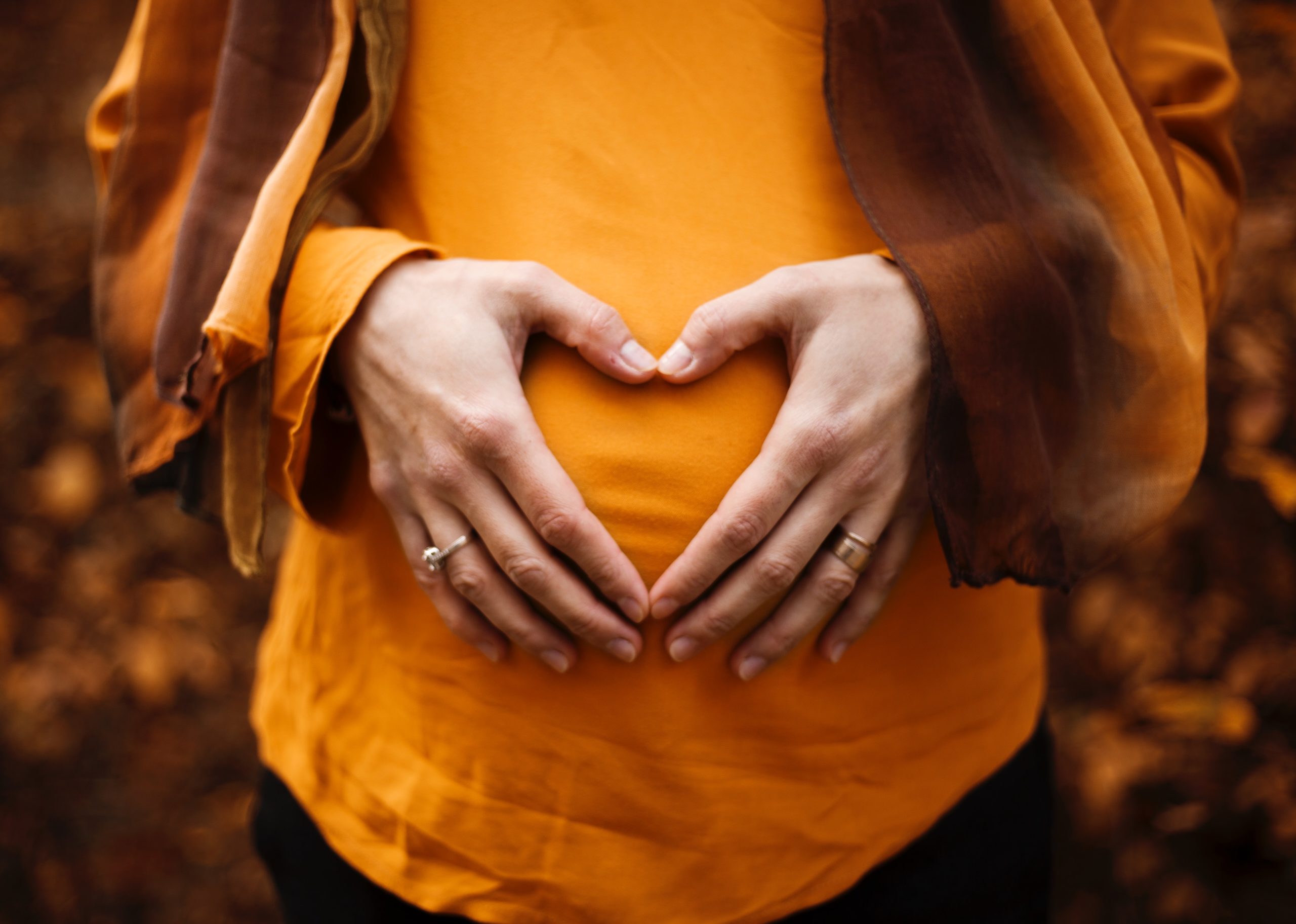Programs
Blog
About
PRegnant
LifeStyle
Postpartum
EXPECTING A BABY IN THE NEXT FEW MONTHS?
DOWNLOAD MY FREE POSTPARTUM ESSENTIALS CHECKLIST
Hi, I'm Liz!
I'm a chocolate-loving nutritionist,
pre & postnatal coach, doula and let's face it- total birth nerd 🤓.
I'm here to help you cut through mommy-marketing and pinterest perfection to confidently cultivate a pregnancy and postpartum experience you totally love.
Let's Connect
RECIPES
BREAKfast
beverages
main dish
dips & Dressings
salads & Sides
snacks
soups
treats
instant pot
one dish meals
quick meals
Pregnancy
Birth Planning
FIrst Trimester
Second Trimester
THird Trimester
Postpartum
Postpartum Planning
FOurth Trimester
REcovery
wellbeing
Fitness
Pregnancy Loss
Understanding Loss
Recovery After Loss
Friends & Family SUpport
PArent Life
Pregnant?
Check out the
5 core exercises you need to know!
Take the stress off your plate! Download
Meals Made Simple!
i need this!
Yes Please!
shop SAfer at beautycounter
Get the BEst Non-toxic Deodorant!
FItness
Nutrition
Nutrition
Grief & wellbeing
Pregnancy After Loss
Understanding Loss
Recovery After Loss
Friends & Family SUpport
Grief & wellbeing
Pregnancy After Loss
Understanding Loss
Recovery After Loss
infant & Toddler Feeding
Grief & wellbeing
Pregnancy After Loss
Newborn Care
Family Dynamics
PArent Relationships
lactation
Pregnancy After Loss
what to expect through the phases of postpartum recovery
Postpartum is an intense time of recovery, regulation, rehabilitation, and rebuilding. While medically a person is considered postpartum for the first year after giving birth, others believe that postpartum lasts forever. Regardless of how you choose to view it, the first year postpartum is a time of rapid change, physically, emotionally and mentally. Your birth experience, vaginal delivery versus a cesarean delivery, will also impact how you move through postpartum recovery. Today, I’m breaking down the postpartum experience into distinct periods so you know what to expect through the phases of postpartum recovery, and how you can get the postpartum care you need.
Fourth Stage of Labor
Postpartum technically begins with the delivery of the placenta, which is also the fourth stage of labor. This immediate postpartum period is the most intense of the recovery stages. You’ll be experiencing uterine contractions as the uterine wall immediately begins working hard to return to pre-pregnancy size. The first several hours postpartum are a critical time period. Your healthcare provider will be watching for any risk factors for postpartum hemorrhage (extreme blood loss), they’ll inspect the placenta to make sure you haven’t retained any tissue, and they’ll monitor your blood pressure for signs of pre-eclampsia.
Lying In Period (0-2 weeks postpartum)
After the immediate postpartum period, you enter the lying-in phase of postpartum. It’s all about bonding with your new baby, resting up, and establishing your milk production. Many cultures value a lying-in period of 6 weeks or 40 days focused on getting as much rest and bonding time as possible. If you live in the United States, 40 days may not be accessible (or desirable). Ultimately, the goal is to rest as much as possible, so delegate as much as you can!
Not sure what that looks like? I recommend following the 5-5-5 rule for postpartum recovery.
Postpartum bleeding and some urinary incontinence are expected during this time. It’s not the most glamorous part of the postpartum journey, but it’s totally normal. Vaginal bleeding can be quite heavy in these first several days postpartum, but it will taper off through the next few weeks and look more like a menstrual cycle. If you see any blood clots larger than a plum or experience heavy bleeding that soaks through a pad in one hour and doesn’t stop, that’s your cue to call your healthcare provider.
It’s also really common to experience baby blues, a temporary period of depression, anxiety, weepiness. In the first few days postpartum, your hormone levels will go through a huge adjustment. This can lead to intense emotional changes and coupled with a lack of sleep, and it is common to be in your feelings.
Recovery (3-6 weeks postpartum)
During this recovery phase, it’s all about finding your groove with your little one. The focus is co-regulating and embracing a baby-led routine. They are still dictating the sleep and eating schedules.
Physically, your postpartum bleeding will taper off and should be done by 6 weeks. If you had stitches from a vaginal tear or cesarean birth, they should be healed (or close to healed).
You may feel up to more movement or want a change of scenery. Take it SLOW. Try some short walks while baby-wearing. Intentional mobility work is also a great way to support your connective tissue and healing diastasis recti. Start incorporating some movements that help your body heal and recover.
The baby blues should also resolve around this time. If it persists or is more intense, you could be struggling with a perinatal mood or anxiety disorder (like postpartum depression). Be sure to reach out to your health care provider.
Rehabilitative (6-12 weeks postpartum)
The immediate postpartum phase is over and we are moving into a rehab mode. This is the “cleared for sexual activity and exercise” milestone– but slow your roll! Cleared does not mean return to that pre-pregnancy intensity. Slow and steady wins the race, my friend. It’s also totally normal and completely okay if you don’t feel ready for sex yet. Let your body and mind dictate the pace. Also remember, you may be fertile again at this point so make sure you talk to your healthcare provider about birth control.
If you’re experiencing any nagging pain or injuries, don’t hesitate to reach out to your healthcare provider. This is the prime time to get pelvic floor support, especially if you’re still experiencing incontinence or pain/heaviness around the perineum.
Retraining & Rebuilding (3-12 months postpartum)
You’re establishing a new normal, maybe heading back to work if you haven’t yet, and are setting into a more predictable baby-led routine. There still may be a lack of sleep, but it at least comes in longer stretches now. You may transition from a more baby-led routine to a baby-informed routine. Nap schedules, feeding plans, and work commitments can all inform this.
Hopefully any injuries you experienced during birth have healed. During this postpartum phase, you’ll focus on relearning movement patterns and gradually increasing your activity levels. You can start to increase the intensity of your workouts gradually and focus on regaining your pre-pregnancy form. If you’re nursing or pumping, your milk supply will be established around the 3 month mark. Don’t forget to rebuild those nutrient stores too – your body needs all the energy it can get! Your menstrual cycle may come back during this timeframe. This is different for everyone and may be impacted by how frequently you’re nursing.
Maintenance (12-18 months and beyond)
By now, your strength and stamina may be close to your pre-pregnancy level. It’s like your body is giving you a virtual high-five – you’re rocking this postpartum recovery thing! As the months go on, you’ll start feeling a bit more like yourself again. Hallelujah!
During this phase, building strength and stamina takes center stage. You can gradually increase the intensity of your workouts and challenge yourself to reach new heights. Don’t forget to nourish your body from the inside out by rebuilding those nutrient stores. Eat those delicious fruits and veggies, stay hydrated, and indulge in some self-care moments whenever you can. Oh, and one more thing – rejoice in the fact that your routine, sleep, and daily life are more predictable now. It’s like a breath of fresh air amidst the chaos and unpredictability of parenthood.
Preconception Preparation (18 months and beyond)
Okay, let’s talk about planning for the future. If you’re considering adding another tiny human to your crew, experts generally suggest waiting at least 18 months between giving birth and getting pregnant again. Why? Well, it gives your incredible body enough time to heal and rebuild.
But here’s the thing – you’re the expert of your own life. Listen to your body, trust your instincts, and make the decision that feels right for you and your family. You do you, my friend.
Please remember, the postpartum recovery is a journey unique to each individual. Use this outline as a guide, but always listen to your body and trust your instincts. Reach out for support whenever you need it, lean on your loved ones, and know that you’re never alone in this beautiful, messy, and awe-inspiring journey called parenthood.
Related
October 16, 2023
Liz Winters
The post may contain affiliate links and the site may earn a commission on some products.
Every item on this page is chosen and recommended by the LWW team.
Read more about our Affiliate Disclosure here.
Holiday hits
Don’t miss these!
Want to add a little ease to your routine as a parent?
Get all my favorite tips, tricks and recipes delivered straight to your inbox.
start here
blog
work with liz
programs
non-toxic living
podcast
contact
© 2021 LIZ WINTERS WELLNESS // WEBSITE BY PINEGATE ROAD
Terms & Conditions
start here
blog
work with liz
PROGRAMS
non-toxic living
podcast
contact
© 2021 LIZ WINTERS WELLNESS // WEBSITE BY PINEGATE ROAD
Terms & Conditions
BADASS Birther's Club
Postpartum Recovery After Pregnancy Loss
How to Support Loved Ones After Loss
start here
blog
work with liz
PROGRAMS
non-toxic living
podcast
contact
© 2021 LIZ WINTERS WELLNESS // WEBSITE BY PINEGATE ROAD
Terms & Conditions
Pregnant
Postpartum



